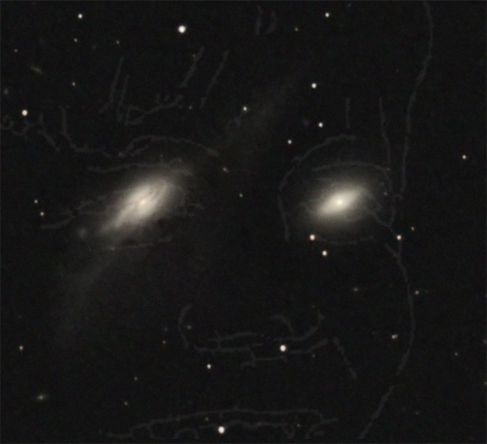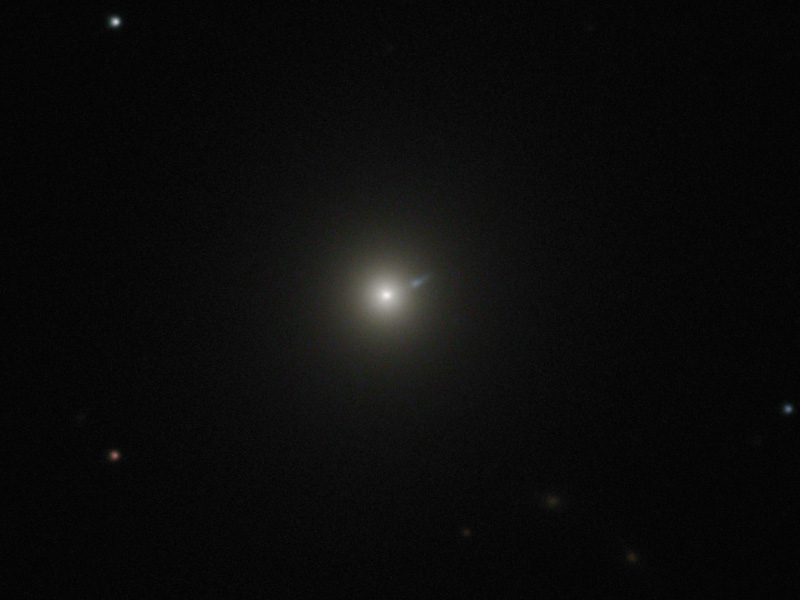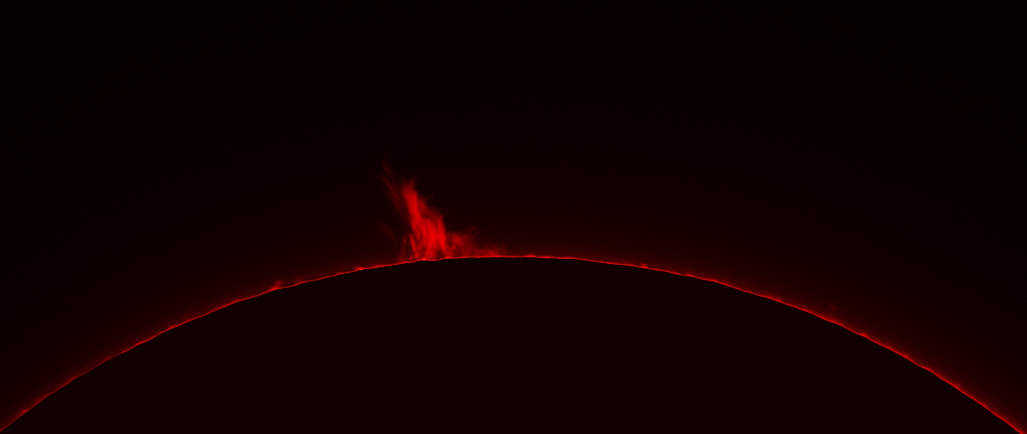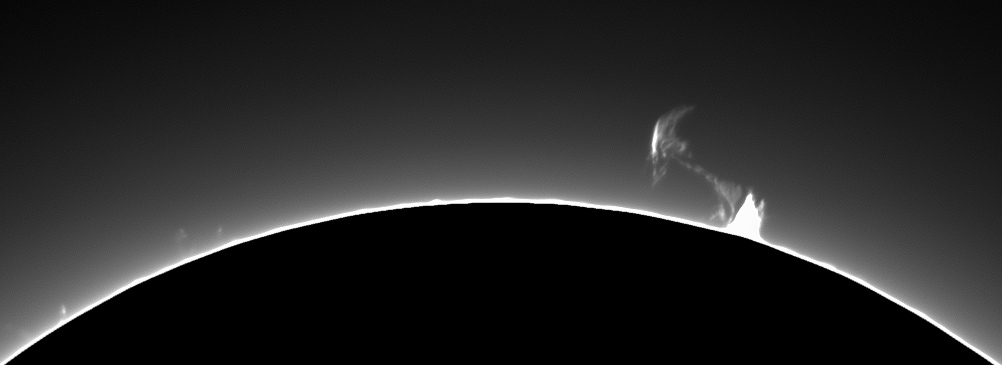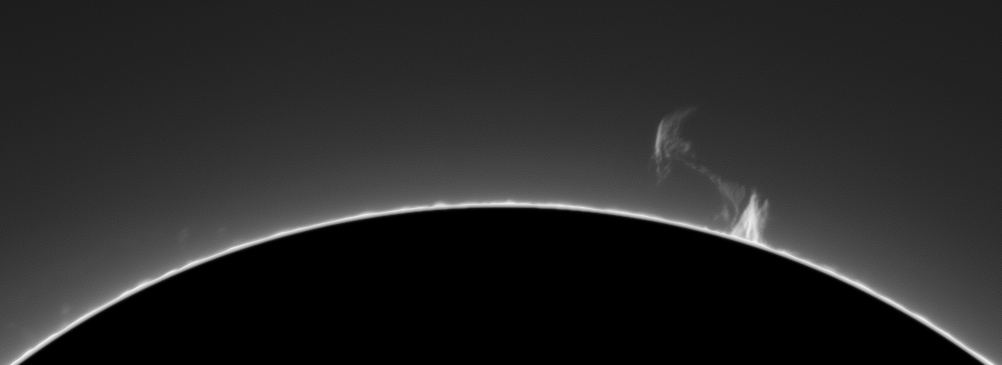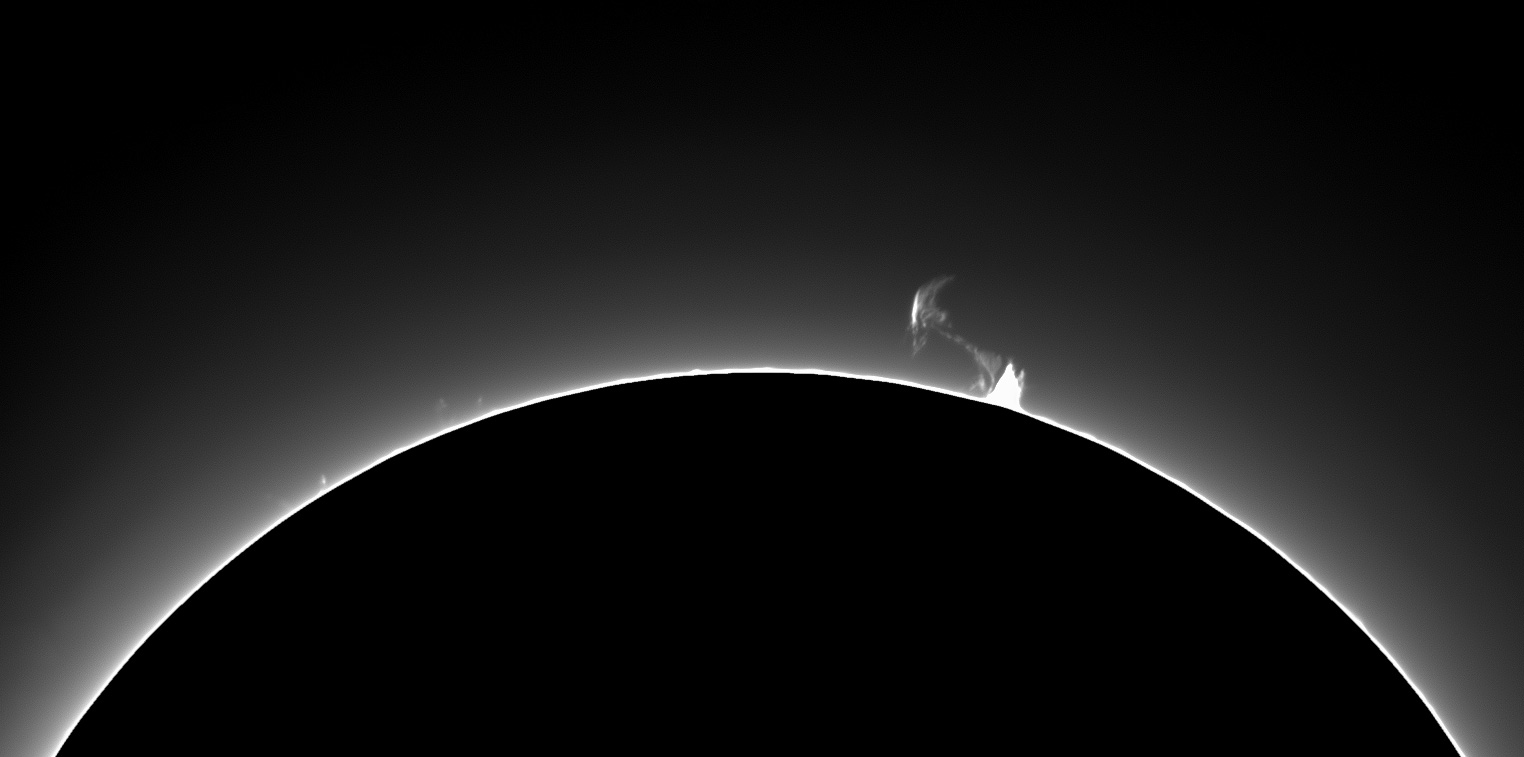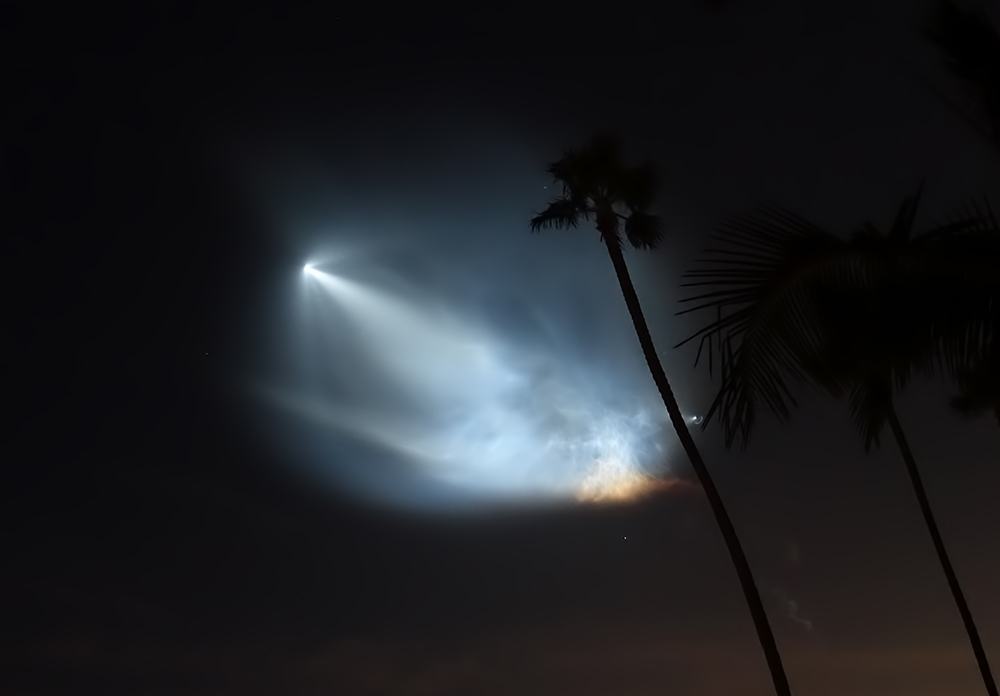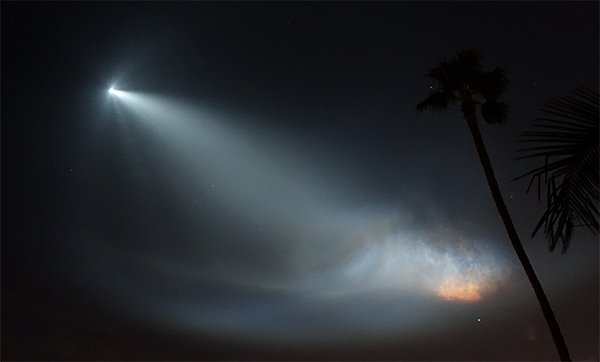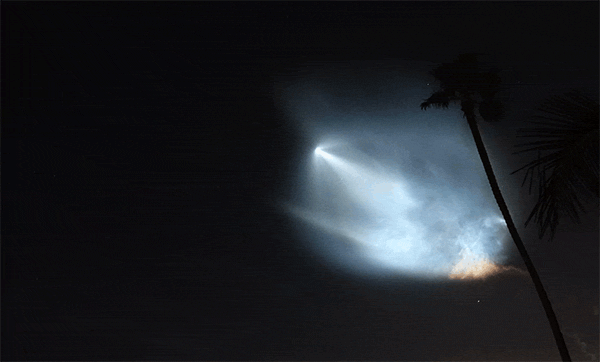Speaking of the Virgo supercluster, here's Markarian's chain, a photogenic string of galaxies in the Virgo cluster:
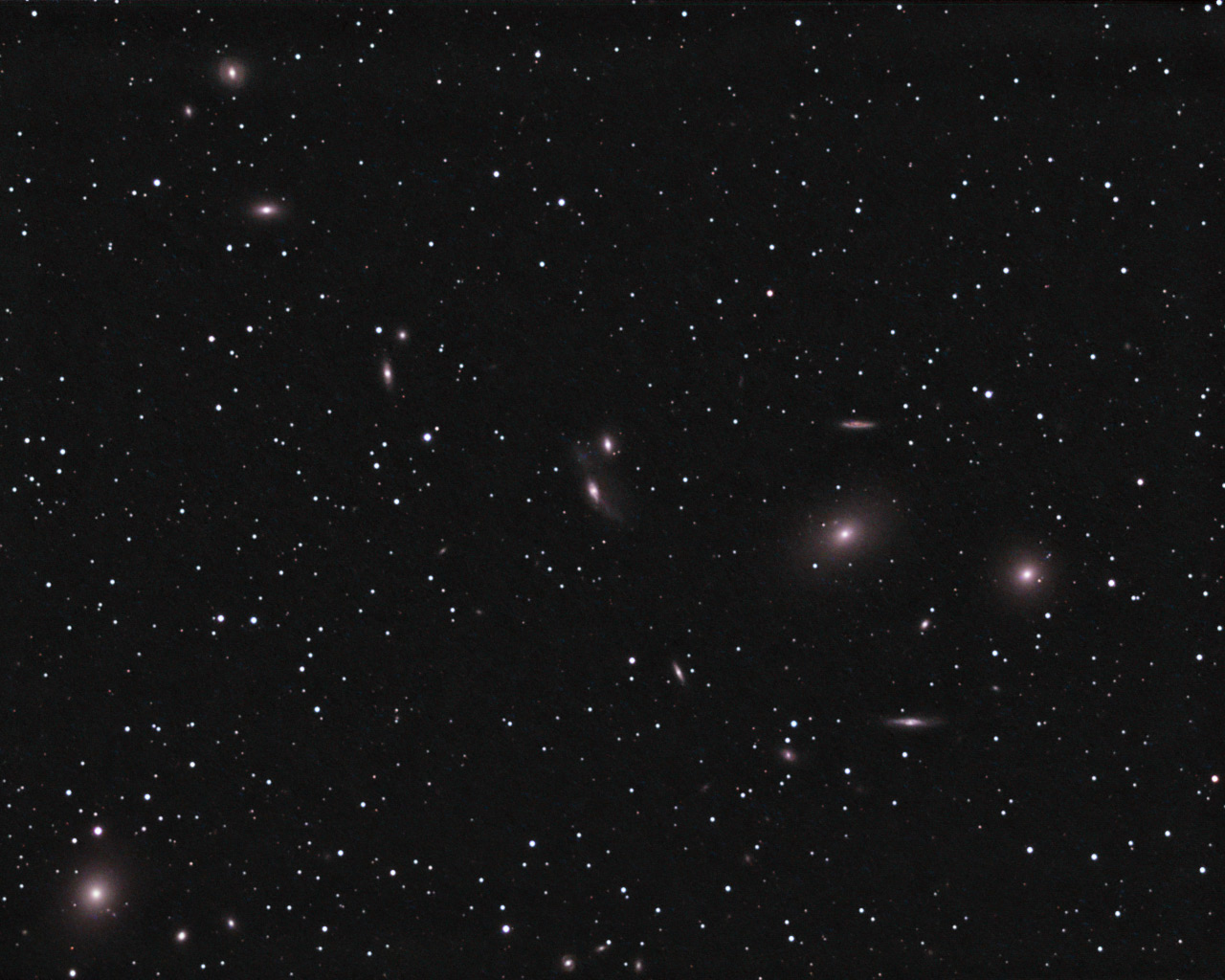 |
Markarian's chain 4/2010
including Messier 87 lower left
|
bonus feature:
close up of the "eyes", a pair of interacting galaxies in Markarian's chain
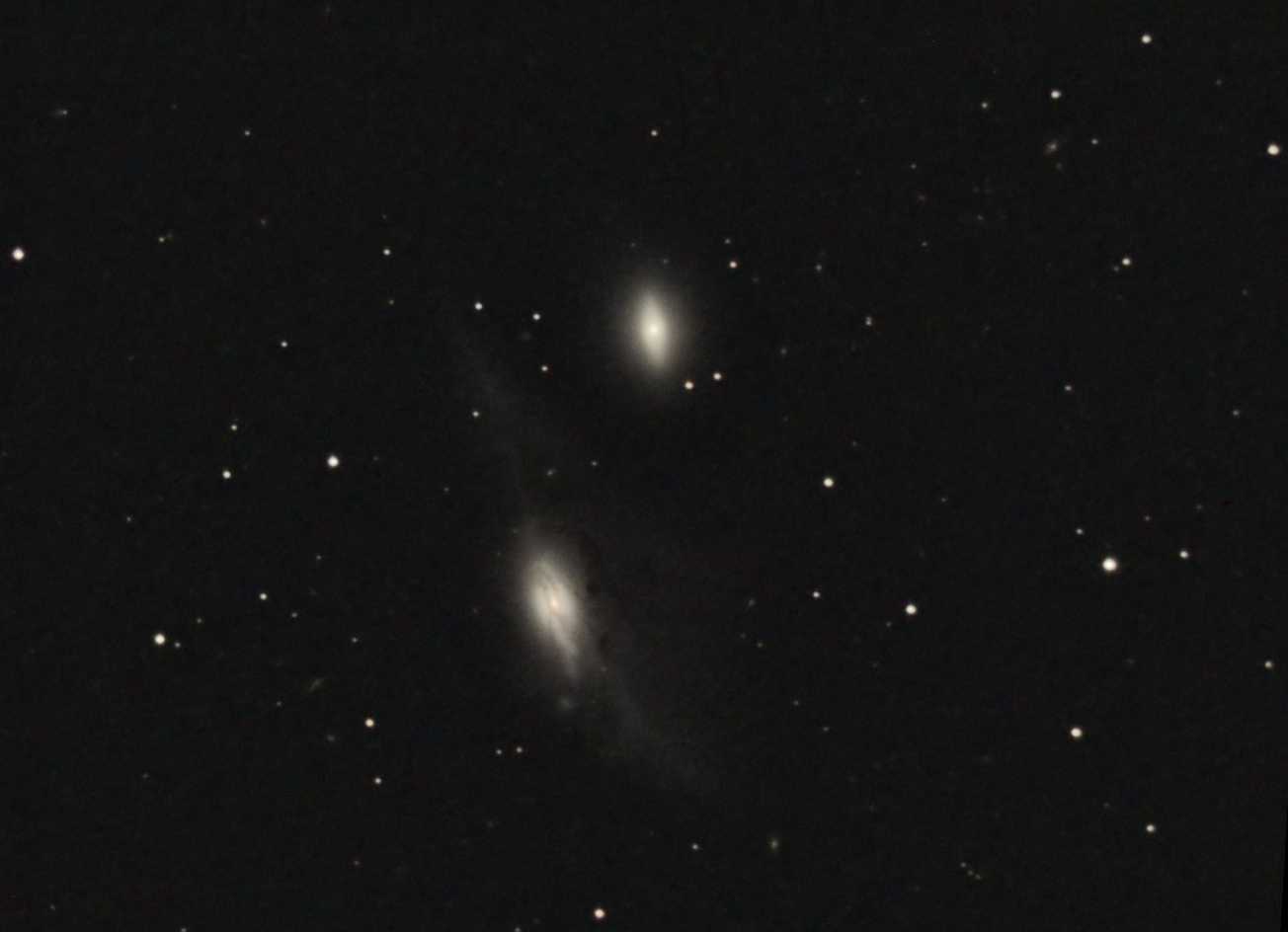 |
| NGC4438 & NGC 4435 Note the disturbed dark lane and streaming outer stars in the left hand galaxy, resulting from gravitational interaction with it's neighbor |
this is occasionally the basis for my avatar ;)
markarian's chain
FS60C @f/4, IDAS-LPR filter, SX H9, H9C.
Lum 45x5 min 223x1 min
RGB 101x5 min
los alamitos, CA 4/3-17/2010 bortle white skies
NGC4438 & NGC 4435
nexstar 8 gps, f/6.3 FR, H9C
350 minutes (70x5)
approximately 2/3 with IDAS LPR filter, 1/3 without
4/23,24,30/2006!
Los Alamitos CA
bortle white skies, mediocre seeing, worse transparency
